After a two-day conference in Washington, DC over 13-15 January, ministers from Ethiopia, Egypt and Sudan signed their names to six “points” concerning the filling and operation of the $5bn Grand Renaissance Ethiopian Dame (GERD) that Ethiopia is building on a tributary of the Nile.
The most substantive point was that filling would take place during the wet season from July to August, and will continue in September, subject to certain conditions.
US treasury secretary Steven Mnuchin and the President of the World Bank, David Malpass, attended the conference as observers.
The joint statement did not settle the contentious issues that have fuelled a long-running diplomatic crisis between Ethiopia and Egypt over the dam, but it did prompt a change to softer language after multiple trilateral meetings failed to produce a resolution.Â
“We have achieved important results & significant milestones on #GERD matters,” Ethiopian water and energy minister Seleshi B Awulachew tweeted at the end of the conference, adding that “The results will be translated to legal rules and guidelines”.Â
Egypt’s Foreign Minister Sameh Shoukry said he was “cautiously optimistic” after the conference, according to reports.Â
Egypt fears GERD will threaten its water security, while Ethiopia insists it will not while maintaining its right to build the dam.
The foreign ministers and water minister from the three countries agreed to meet again in Washington, DC on 28-29 January to try and finalise a comprehensive agreement on GERD.
The six points, subject to final agreement, were:
- The filling of the GERD will be executed in stages and will be undertaken in an adaptive and cooperative manner that takes into consideration the hydrological conditions of the Blue Nile and the potential impact of the filling on downstream reservoirs.
- Filling will take place during the wet season, generally from July to August, and will continue in September subject to certain conditions.
- The initial filling stage of the GERD will provide for the rapid achievement of a level of 595 meters above sea level (m.a.s.l.) and the early generation of electricity, while providing appropriate mitigation measures for Egypt and Sudan in case of severe droughts during this stage.Â
- The subsequent stages of filling will be done according to a mechanism to be agreed that determines release based upon the hydrological conditions of the Blue Nile and the level of the GERD that addresses the filling goals of Ethiopia and provides electricity generation and appropriate mitigation measures for Egypt and Sudan during prolonged periods of dry years, drought and prolonged drought.
- During long term operation, the GERD will operate according to a mechanism that determines release based upon the hydrological conditions of the Blue Nile and the level of the GERD that provides electricity generation and appropriate mitigation measures for Egypt and Sudan during prolonged periods of dry years, drought and prolonged drought.
- An effective coordination mechanism and provisions for the settlement of disputes will be established.
Additionally, the ministers agreed that there is a shared responsibility of the three countries in managing drought and prolonged drought.
Image: Water ministers meet US President Donald Trump during their conference in Washington, DC on the filling of Ethiopia’s $5bn GERD damn 13-15 January 2020 (From the Twitter feed of Ethiopian water and energy minister Seleshi B Awulachew)
Comments
Comments are closed.





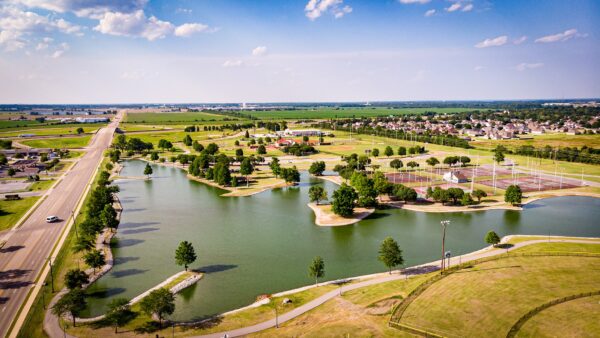
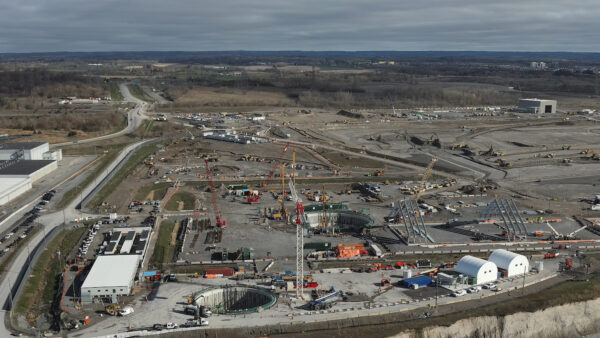
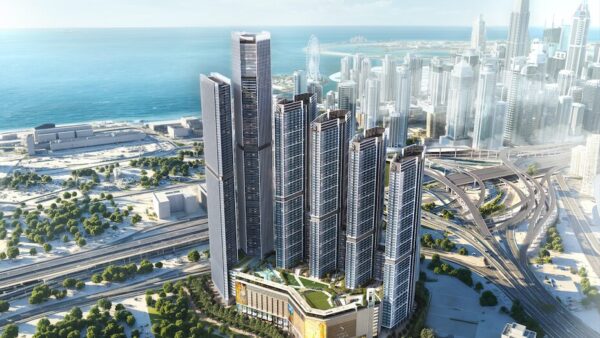
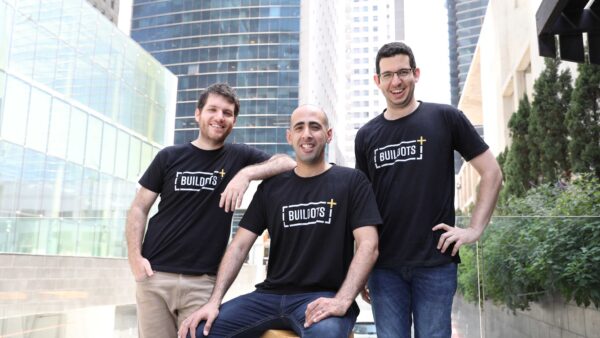

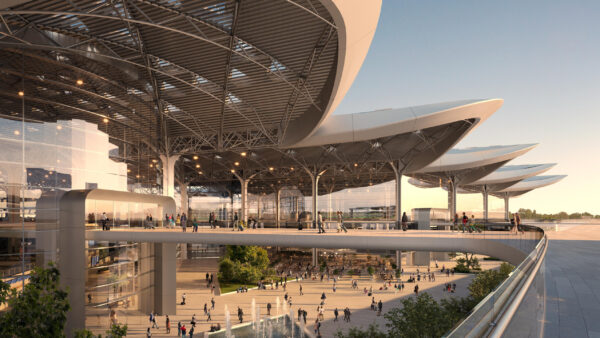
good achievement for the three countries. and it is good to maintain peace by such discussions. I know that Ethiopia has no the will to any downstream countries but Ethiopia has full right to use it’s own Resources.